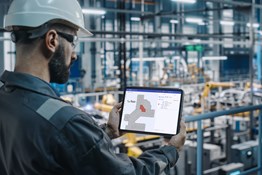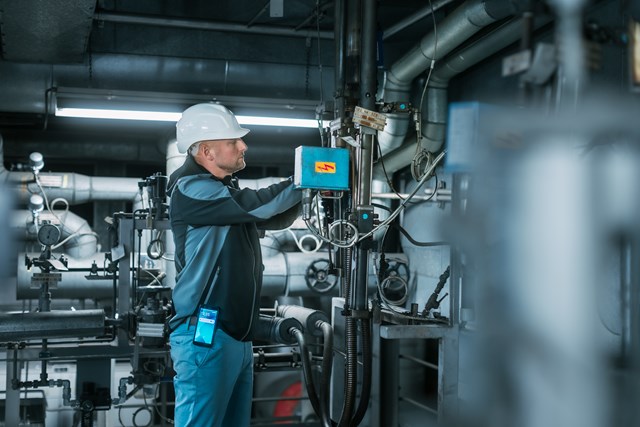Country selector

Corporate
Country Selector: Corporate

Within operational and production environments, it is increasingly important for management and staff to be aware of what is going on in real time, not just to minimize potential risks but also to take opportunities. Situational awareness can lead to improved safety at work, better decision-making, higher productivity, more efficient processes, better use of resources, faster emergency responses and greater flexibility to deal with changing situations and demands.


Increasingly, organizations are building their situational awareness and proactive responses by digitalizing processes and using technology like sensors, data analytics and monitoring systems. But this can create a lot of data as well as difficulties in effectively distributing data to the people who need to act to maximize gains and minimize costs and risks. What is often missing is a trusted, reliable solution to smoothly and seamlessly integrate data from their systems and then ensure it is sent to the right people at the right time.

With the evolution of alarm management technology, keeping up is challenging. Even then, what to choose, when one option looks just as promising as another? Manufacturers are optimistic about digital transformation progress. One might say most manufacturers have control over their digital transformation process. But this is the issue: with all emerging technologies, you can’t sit still.

Alarm management is a $7.65 billion industry worldwide, with growing demand and revenue in the industrial automation and security sectors. What is the best approach to alarm management? What are the common challenges? What new technologies and ideas are emerging? These are some of the questions addressed in this blog.